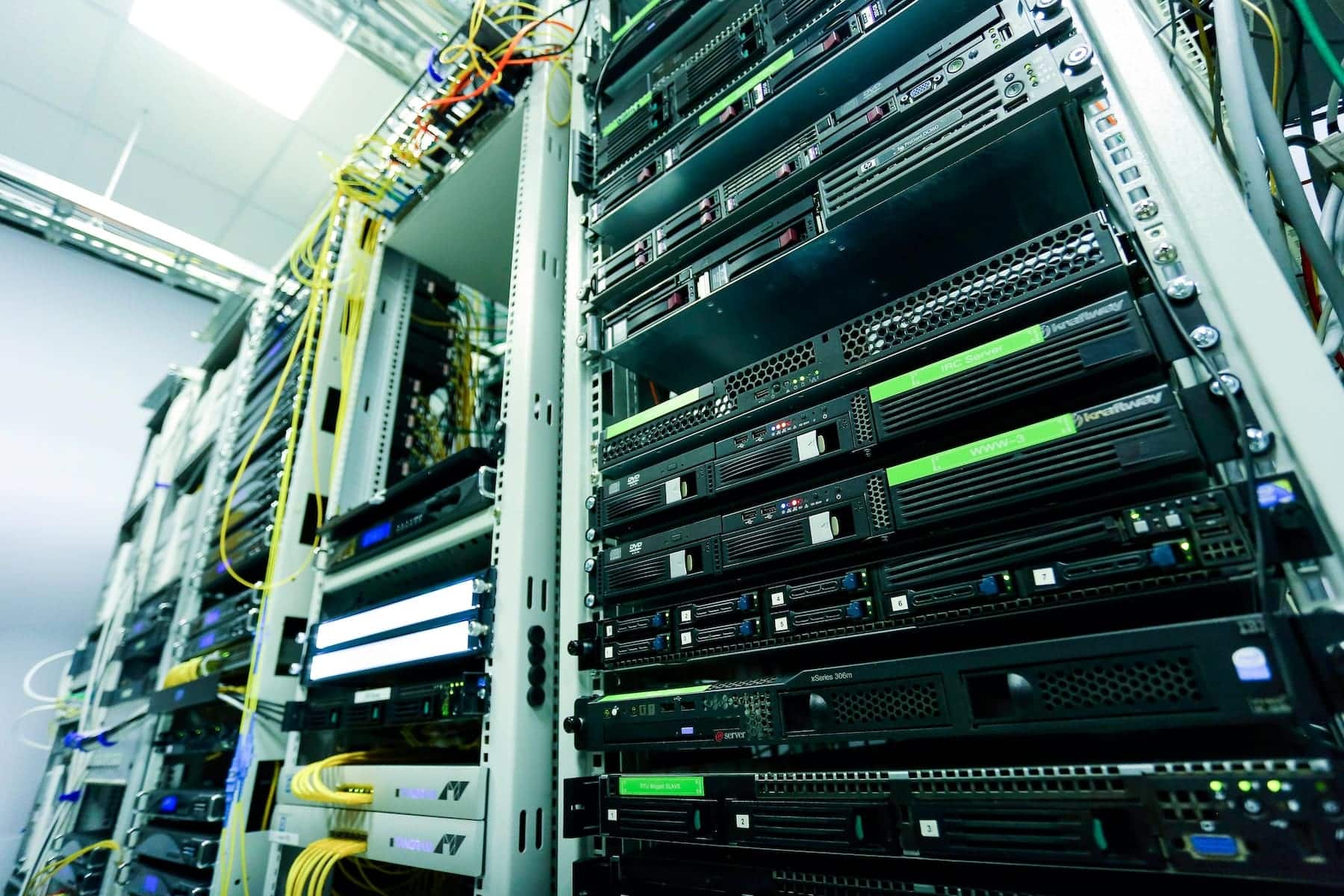Cabinets racks are an essential component in data centers, facilitating the organization, management, and maintenance of technological equipment. These cabinets not only improve operational efficiency but also play a crucial role in security and space optimization. Below, we explore the history, types, and key considerations of racks cabinets in data centers.
History of Racks Cabinets
Racks cabinets emerged in the 1950s, parallel to the development of telecommunications and computing technology. Initially, they were designed to house telecommunications equipment, but their use quickly expanded with the growth of the computer industry. As data centers began to handle massive amounts of data and host numerous equipment, the need for an organized and secure structure became evident. Thus, racks evolved to meet these demands, adapting to technical specifications and cooling and power requirements.
Types of Racks Cabinets
There are several types of racks cabinets, each designed to meet specific needs in data centers. Some of the most common types include:
1. Server Racks: Designed to accommodate servers and other network equipment. They typically have a standard size of 19 inches wide and come in various heights, measured in rack units (U), where 1U equals 1.75 inches in height.
2. Network Racks: Optimized for network equipment such as routers, switches, and patch panels. Their design facilitates cable access and management.
3. Open Racks: Consist of a frame without doors or side panels, allowing for easy access and better ventilation. Ideal for environments where physical security is not a major concern.
4. Closed Racks: Include doors and side panels, providing increased security and temperature control. Suitable for environments requiring additional protection against dust and unauthorized access.
5. Wall-Mounted Racks: Mounted on the wall and perfect for limited spaces. They are usually smaller and designed for lighter equipment.
Key Considerations When Choosing a Rack Cabinet
Choosing the right rack cabinet is crucial for efficiency and security in the data center. Here are some important factors to consider:
1. Size and Capacity: Ensure the rack has enough space to accommodate all necessary equipment, with additional capacity for future expansions.
2. Ventilation and Cooling: Data center equipment generates heat, so good ventilation and cooling systems are essential to prevent overheating and maintain optimal performance.
3. Cable Management: Good cable management not only improves appearance but also facilitates maintenance and reduces the risk of cable-related issues.
4. Physical Security: Depending on the environment, a closed rack with locks may be necessary to protect equipment against unauthorized access.
5. Accessibility: The rack design should allow easy access to equipment for maintenance and upgrades.
6. Load and Weight: Ensure the rack can support the weight of all installed equipment.
Racks cabinets are essential for organizing and managing equipment in data centers. From their origins in the 1950s, they have evolved to meet the growing demands of the technology industry. With a variety of types available, it is essential to consider factors such as size, ventilation, security, and accessibility when selecting the right rack for your data center. By doing so, you ensure efficient, secure, and organized operation of the technological environment.

